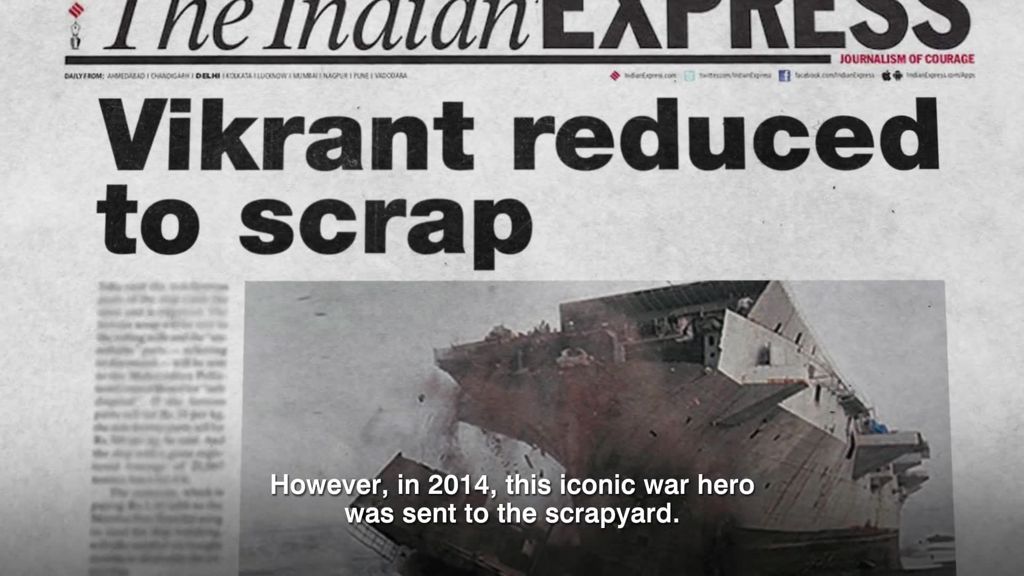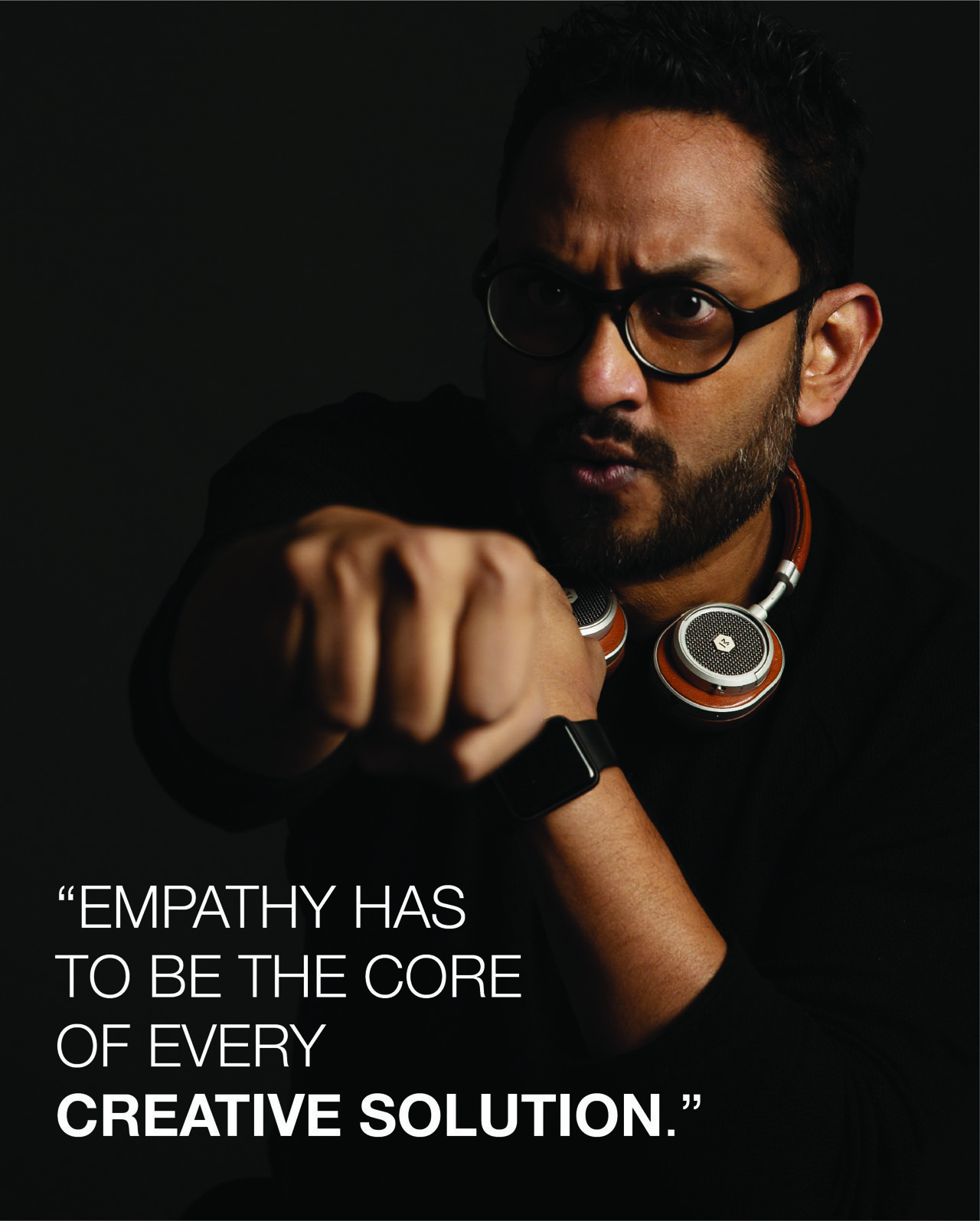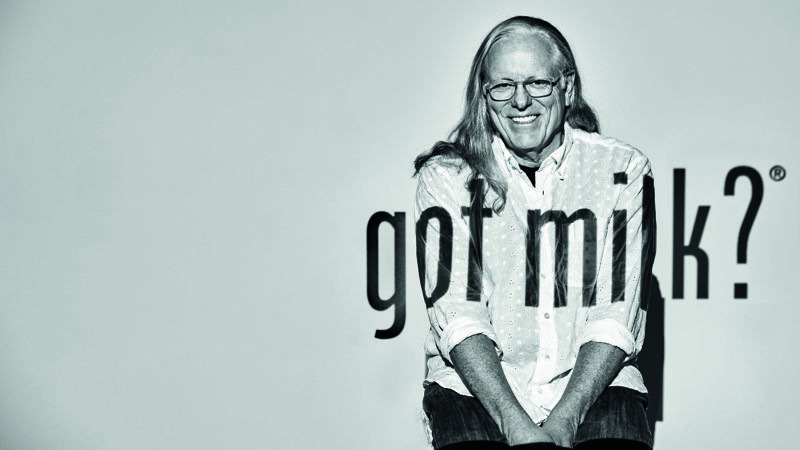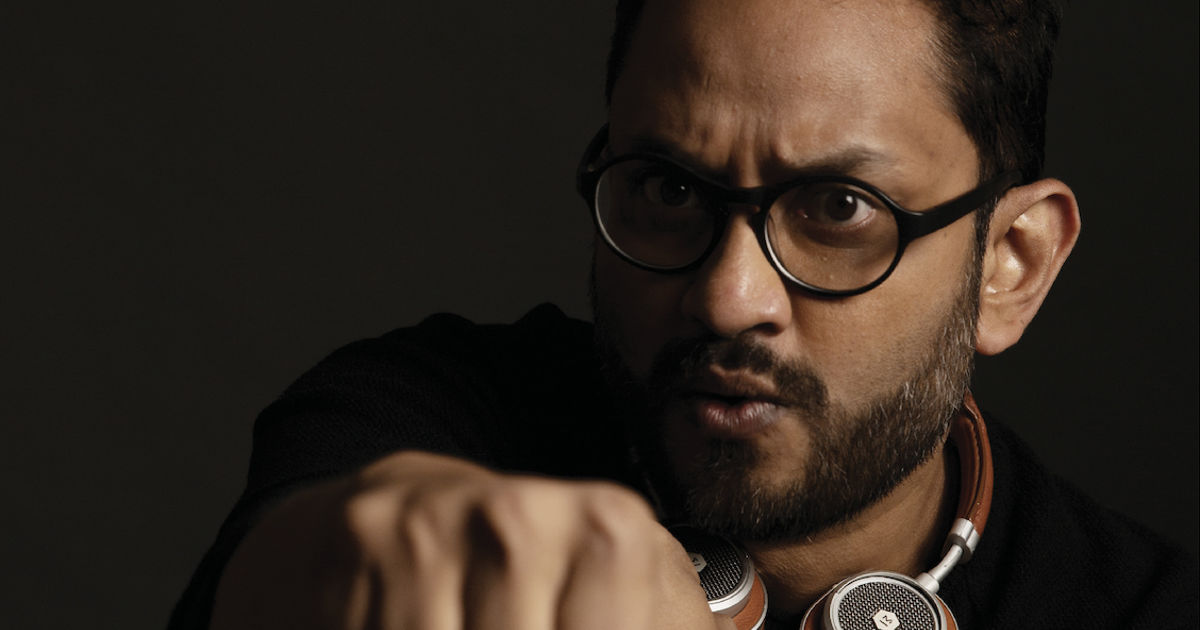Rajdeepak Das: Setting sail into the future
Rajdeepak Das is all about navigating the new waters of India’s non-traditional advertising. Attacking this mission with the zeal that got him into adland in the first place, he thinks the way to predict the future is to build it, and that brands must be people-centred.
The son of a doctor and a lawyer, Rajdeepak Das, MD India and CCO of Leo Burnett South Asia, is a self-confessed ad nerd and wild child who turned his back on a more traditional career for a life in creativity.
He tricked his dad into thinking his was a more academic route into the industry by doing business management before planting himself, in 2004, outside BBDO Bangkok for 22 days waiting to bump into the agency’s creative legend, Suthisak Sucharittanonta.
The best brands nowadays are by the people, for the people: the video platform by the people, for the people is YouTube; the transport service by the people, for the people is Uber; housing that is by the people, for the people is Airbnb.
When that didn’t work he ‘kidnapped’ Sucharittanonta by jumping into his car, not letting him go until Sucharittanonta looked at his portfolio. And persistence pays, because he was offered a job at the agency. Now the Managing Director India and Chief Creative Officer, Leo Burnett South Asia, Das has embraced advertising’s continued revolution and is steering his agency away from traditional advertising methods and towards bold, new ideas that prize human solutions over industry standards.
Credits
powered by
- Agency Leo Burnett/Mumbai
- Production Company Keroscene Films
- Director Rajesh Saathi
-
-
Unlock full credits and more with a Source + shots membership.
Credits
powered by
- Agency Leo Burnett/Mumbai
- Production Company Keroscene Films
- Director Rajesh Saathi
- Chief Cr Off RajDeepak Das
- Exec CD Prajato Guha Thakurta
- Exec CD Sachin Kamble
- CEO Saurabh Varma
- Creative Kevin Lobo
- Creative Ashish Sharma
- Creative Sriram Iyer
- Creative Deepak Jage
- Creative Vikrant Yadav
- Creative Vikrant Wadkar
- Producer Harish Nambiar
- Producer Ankita Malhotra Gurjar

Credits
powered by
- Agency Leo Burnett/Mumbai
- Production Company Keroscene Films
- Director Rajesh Saathi
- Chief Cr Off RajDeepak Das
- Exec CD Prajato Guha Thakurta
- Exec CD Sachin Kamble
- CEO Saurabh Varma
- Creative Kevin Lobo
- Creative Ashish Sharma
- Creative Sriram Iyer
- Creative Deepak Jage
- Creative Vikrant Yadav
- Creative Vikrant Wadkar
- Producer Harish Nambiar
- Producer Ankita Malhotra Gurjar
Above: The Rebirth of INS Vikrant shows how the aircraft carrier was reused to create Bajaj motorbikes.
How has the Indian advertising landscape been in the recent past?
You will see in Indian work that we have our own flavour, like the Brazilians, like the South Africans, like the British. Twenty- to twenty-five years ago it was all press ads, then came a new thing for us – TVCs. But TVCs specific to an Indian audience, and this became the industry’s bread and butter.
In the last two to three years when [mobile network operator] Jio launched in India with its free data offer, we saw a radical change in the content consumption landscape. We saw many small and independent digital content companies popping up very fast and gaining massive popularity. I don’t think the industry saw that coming; we should have pioneered this platform.
At Leo Burnett, we believe in branded utility, where brands build an ecosystem of innovative products to be a part of consumers’ lives.
How have you dealt with that new challenge?
At Leo Burnett, we believe in branded utility, where brands build an ecosystem of innovative products to be a part of consumers’ lives. Three or four years back, we brought together a very interesting team and we created a section of the company called Apollo 11. It’s populated by design people, ethical hackers, filmmakers, product designers, robotics engineers and social media celebrities. It’s a very collaborative division made up of 23-, 24-year-old kids [who have not been already] baptised into advertising [and don’t] think they already know what works and doesn’t. Their goal is to figure out new solutions. Their work is the future of the industry.

How has Apollo 11’s creativity evolved?
We started designing products for our clients. So, for [motorcycle brand] Bajaj, we created a brand-new bike, the Bajaj V. The ‘V’ stands for Vikrant, as the bike was made with metal taken from the decommissioned Indian aircraft carrier INS Vikrant. The ship was being scrapped, so now people can literally own a part of history.
We’ve also designed sanitary pads and the world’s first anti-collision road management system. As I say, it’s about branded utility and how the brand becomes part of people’s lives. Yeah, we do TVCs, but these sorts of ideas are the future.
What is our future going to be? You have Netflix or Amazon Prime so we don’t watch ads.
Do you think other agencies are approaching work and clients that way?
Not at the moment. It’s not about advertising anymore, it’s about giving people solutions. That’s why the most powerful companies are Google, YouTube, Facebook, Uber, because they give people the power to do something.
Do we have to redefine what advertising success now looks like?
Yes. What is our future going to be? You have Netflix or Amazon Prime so we don’t watch ads. Four years back, when my daughter was 18 months old, she started using the iPad and, once, she was crying loudly because she didn’t know how to skip the boring adverts. I said, “Oh shit, I’m doomed.”
The best brands nowadays are by the people, for the people: the video platform by the people, for the people is YouTube; the transport service by the people, for the people is Uber; housing that is by the people, for the people is Airbnb. Advertising agencies will have to start doing those things. No one knows and understands brand problems like we do. We need to create more platforms as service; infrastructures as service; products as service.
Credits
powered by
- Agency Leo Burnett/Mumbai
- Production Company Prodigious Mumbai
-
-
-
Unlock full credits and more with a Source + shots membership.
Credits
powered by
- Agency Leo Burnett/Mumbai
- Production Company Prodigious Mumbai
- Chief Creative Officer RajDeepak Das
- CEO Saurabh Varma
- Exec Director Rakesh Hinduja
- Creative Gunjan Poddar
- Creative Arvindh Lochan
- Creative Himanish Ashar
- Executive Producer Vandana Watsa

Credits
powered by
- Agency Leo Burnett/Mumbai
- Production Company Prodigious Mumbai
- Chief Creative Officer RajDeepak Das
- CEO Saurabh Varma
- Exec Director Rakesh Hinduja
- Creative Gunjan Poddar
- Creative Arvindh Lochan
- Creative Himanish Ashar
- Executive Producer Vandana Watsa
Above: Roads That Honk, for HP Lubricants.
How soon do you think that a change within the industry here will happen?
There are lot of new, young agency leaders coming up, so it will happen very soon. Like I tell my team, the only way to predict the future is to build it. Of course, there will be a lot of failures along the way, because that’s part of the learning.
Creativity can’t be for the sake of creativity. It is an art driven by insight.
Do you think Indian agencies are being brave enough themselves when it comes to creativity for their clients?
Yes, we are taking brave work to the clients because no agency wants to do bad work. But less brave work is coming out. As an industry we have hundreds of clients but for the client it’s one chance, one opportunity, so they have to be careful.
Creativity can’t be for the sake of creativity. It is an art driven by insight. When the agency goes to the client they need to have a solution that is not only good for the people, but good for the brand. If it is only good for the people, it is charity. If it is only good for the brand, people will reject it. And, trust me, we have millions of problems in this country to solve and everyone – every brand – has to be part of it.
)













